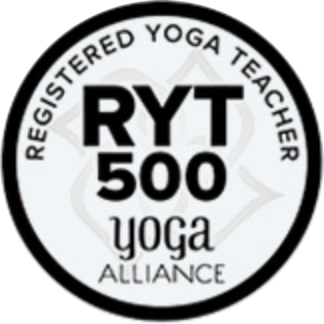Experience the Calm of Yoga in Rishikesh: Haven for Yoga
Yoga in Rishikesh: Tucked away in the Himalayan foothills, Rishikesh is a heaven for people looking for enlightenment, serenity, and a closer relationship with themselves. Hailed as the ‘Yoga Capital of the World,’ Rishikesh provides an unmatched spiritual experience, particularly for aspirants to the yoga mat. Yoga enthusiasts can enhance their practice in this serene city along the sacred Ganges River. It extends a warm welcome to all yogis, regardless of experience level, and has a peaceful heart.
The Essence of Yoga in Rishikesh
Yoga is a comprehensive practice that treats the mind, body, and spirit. It is not simply about physical postures. Yoga is not just a way of life in here. Yoga ashrams in the city nurture spirituality in a serene historic setting, promoting inner growth. In this peaceful setting, you may practice yoga, meditation, and absorb age-old knowledge from sages.
Hatha Yoga: The Cornerstone of Health and Happiness
Hatha Yoga is a particular kind of yoga that is performed in Rishikesh among other kinds. Known as the yoga of balance, Hatha Yoga aims to balance your internal sun and moon energies in addition to improving your physical strength and flexibility. This practice is a holistic approach to well-being that incorporates asanas (postures), pranayama (breathing practices), and meditation. Hatha yoga is best practised in the calm surroundings of this place, where people may establish profound connections with both the natural world and oneself.
Growing in Your Yoga Practice
Rishikesh has many options for advanced yoga practice for anyone who wants to take their practice to the next level. Numerous well-known yoga schools and instructors with a focus on advanced poses and philosophical approaches may be found in the city. These centres provide in-depth instruction in advanced asanas, pranayama methods, meditation techniques, and ancient scriptures. By practising advanced yoga in Rishikesh, you may improve not just your physical skills but also your spiritual knowledge and connection.
The Core of Yoga’s Spirituality
Rishikesh is a trip to the centre of yoga, not merely a place to visit. Individuals experience a powerful spiritual aura in the city on their yoga journey, as they enhance it with mantra chanting, temple bell ringing, and the holy fire rites (aarti) beside the Ganges. You may genuinely detach from the craziness of the contemporary world and reestablish a connection with your inner self there.
Taking Up Yoga as a Lifestyle
In Rishikesh, leading a yoga lifestyle is a fulfilling experience. The city’s sattvic diet, which consists of only vegetarian meals, is a great compliment to your yoga practice. Living simply in this place teaches you to live in the moment and find happiness in the little things in life.
Relationships and Community
The sense of companionship and connection you have when doing yoga in Rishikesh is among its most lovely features. Surrounded by like-minded peers worldwide, you share experiences, gain knowledge, and grow together as a community. This feeling of community and group energy enhances your practice and personal development.
In summary
Yoga in Rishikesh is a transformative experience. It provides a haven for anyone looking to connect with the divine, discover serenity, and enhance their practice. This place provides an ideal environment for those keen on mastering intricate yoga poses or Hatha yoga’s physical aspect. Begin a profound journey of self-discovery and spiritual awakening amidst the sacred Ganges and majestic Himalayas. Embrace yoga’s essence in Rishikesh, guiding you towards strength and peace on your journey.
FAQs:
Why is yoga so well-known in Rishikesh?
It is famed for yoga due to its serene ambiance, spiritual essence, and deep yogic roots.
In Rishikesh, where can I do yoga?
There are several ashrams, studios, and institutes where you may practise yoga, including Parmarth Niketan, and Praveen Yoga Academy.
Why is Rishikesh regarded as India’s centre of yoga?
Known as the yoga capital of India, Rishikesh is home to several well-known yoga schools, ashrams, and spiritual gurus. Generations have practiced yoga at this revered location.




















